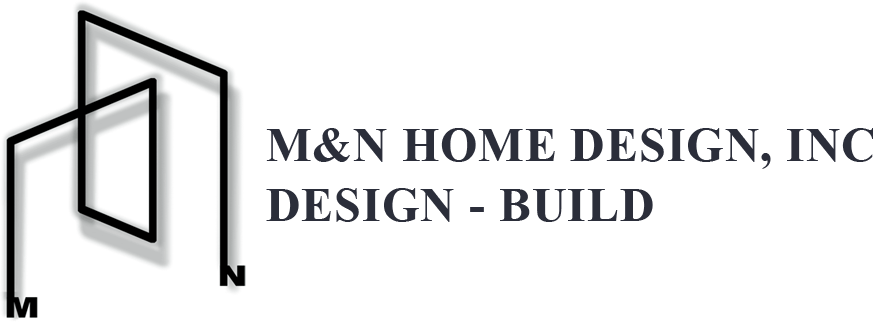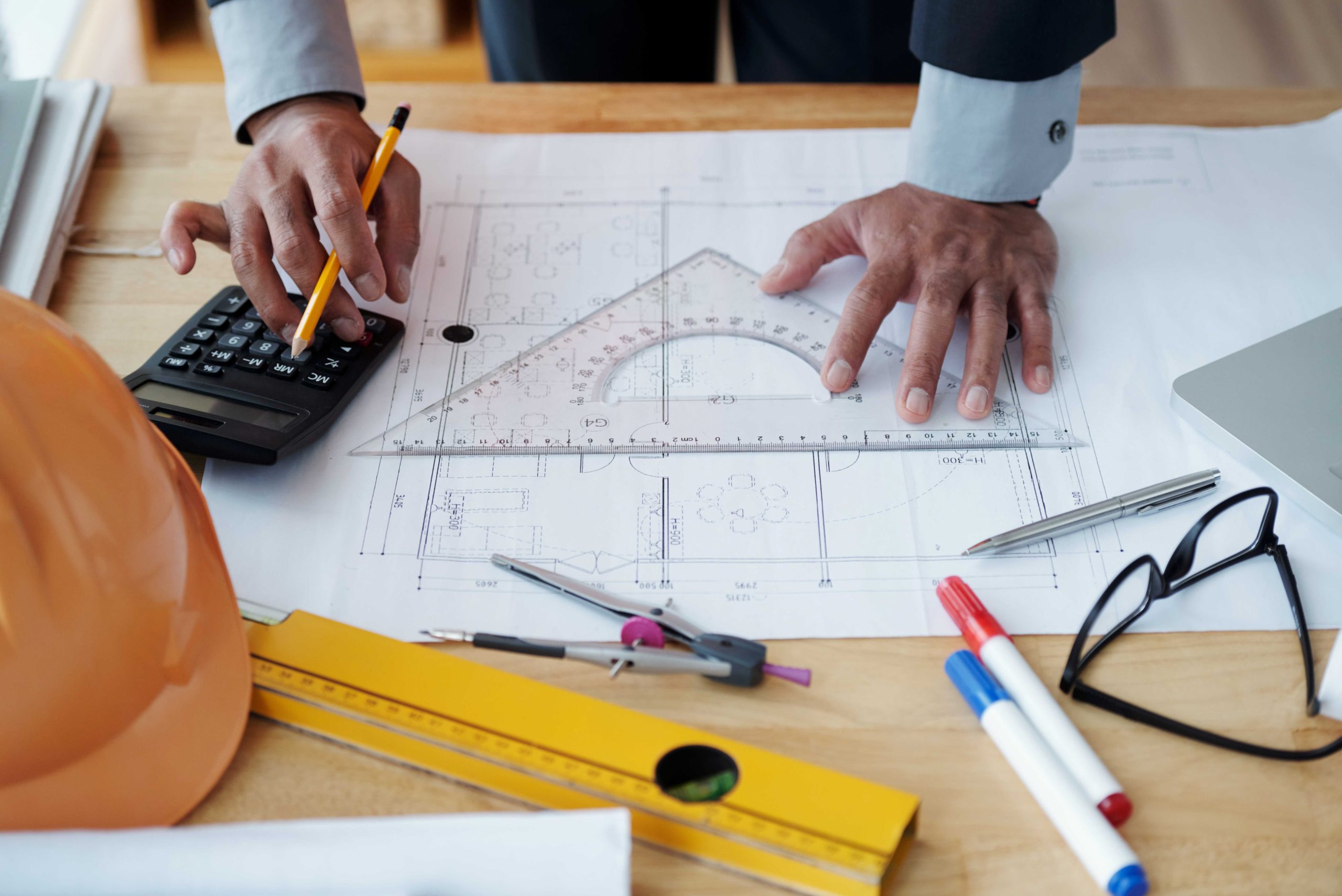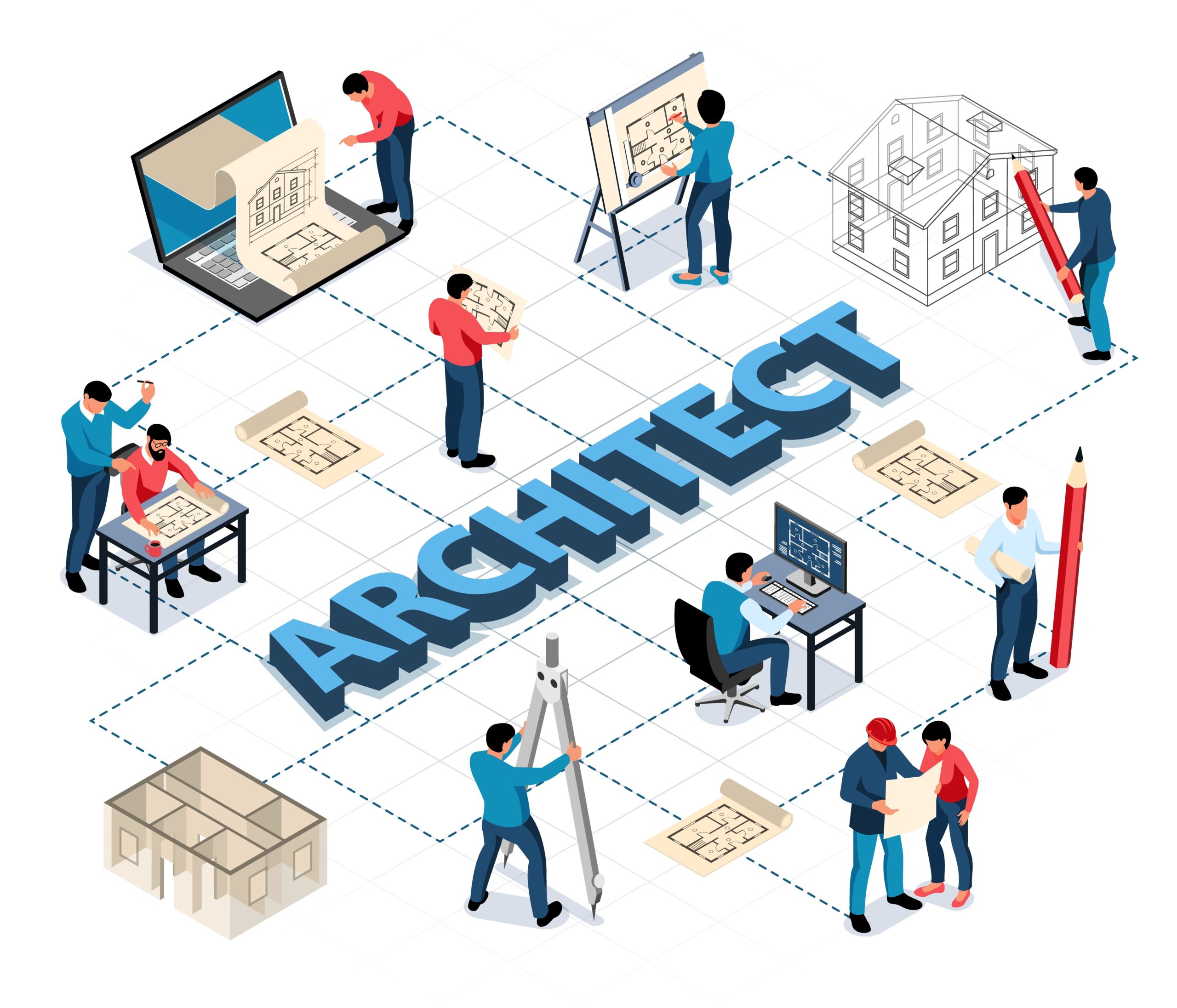Have you ever admired a bridge or a building for its looks and appearance? Civil engineering is standing as the cornerstone of modern living infrastructure. At its core, civil engineering involves the conception, planning, design, construction, and maintenance of various structures and systems that form the backbone of our societies. It encompasses many projects that impact our daily lives, from bridges and buildings to roads and dams.
At its core lies the intricate art and science of structural design—a discipline that meticulously orchestrates materials, forces, and innovation to create not just physical edifices but safe, functional, and enduring marvels.
Understanding Design in Civil Engineering
Structural design is one of the major components of civil engineering that helps to create more effective and long-lasting structures. Let’s go through the role of structural design in civil engineering.
Structural designing is based on applying the principles of physical laws and mathematics to building structures. With empirical research and analysis, civil engineers have to use structural design to analyze the structural design of the building and the strength of different materials used to determine its safety and economical specifications.
Exploring Structural Design Principles
1. Material Selection and Performance
Material selection is paramount in structural design. The evolution of materials has revolutionized design possibilities. Ranging from traditional concrete and steel to advanced composites like carbon fiber and engineered timber, these materials, with their varying strengths, durability, and environmental considerations, are carefully selected to meet the diverse demands of modern structures.
For instance, the emergence of cross-laminated timber (CLT) as a sustainable alternative for large-scale construction projects offers strength comparable to concrete and steel while significantly reducing carbon footprint.
2. Load Analysis and Forces
The first step in the structural design process is to understand the loads the structure will be subjected to, such as dead loads, live loads, wind loads, earthquake loads, and other environmental loads. Load analysis ensures structures can withstand various forces and environmental conditions. Technological advancements, including finite element analysis (FEA) and computational simulations, empower engineers to model and predict how structures respond to diverse loads. It may include gravitational, wind-induced, seismic, or even thermal stresses.
Let’s take Burj Khalifa, for instance. It stands as a testament to meticulous load analysis. Engineers employed advanced wind tunnel testing and structural modelling to ensure the tower’s stability against high winds and seismic activity.
3. Innovations in Design Techniques
The advent of technology has transformed design methodologies. Powered by algorithms, parametric design enables engineers to generate and explore numerous design iterations, optimizing structures for maximum efficiency. Building Information Modeling (BIM) fosters collaboration, allowing multidisciplinary teams to work seamlessly on a shared platform, streamlining design, construction, and maintenance phases.
Using BIM in constructing the Crossrail project in London facilitated better coordination among various stakeholders, reducing errors and enhancing project efficiency.
4. Sustainability and Resilience in Design
The increasing drive for sustainability has reshaped design practices. Architects and engineers are focusing on eco-friendly materials, such as recycled steel and environmentally friendly concrete mixes, to reduce the carbon footprint of structures.
Additionally, designs integrate resilience strategies like green roofs for natural insulation or earthquake-resistant building techniques to enhance the longevity and adaptability of buildings.
For instance, the concept of biophilic design integrates natural elements into urban structures, promoting well-being by incorporating green spaces, natural lighting, and improved air quality.
5. Human-Centric Design and Social Impact
Structural design is all about enhancing lives. Engineers are prioritizing structures that are inclusive and accessible to everyone. Cultural sensitivity and community engagement are also pivotal, fostering structures that resonate with local aesthetics and traditions.
The High Line in New York City transformed an abandoned railway into an elevated park, revitalising the neighbourhood and creating a community space that celebrates the city’s history and culture.
6. Regulatory Standards and Compliance
The regulatory landscape shapes structural design practices. Codes and standards set by organizations like the International Code Council (ICC) and the American Society of Civil Engineers (ASCE) ensure safety and compliance. Engineers navigate these guidelines while pushing the boundaries of innovation, balancing structural integrity with creative freedom.
The stringent seismic building codes in earthquake-prone regions like Japan have resulted in buildings engineered to withstand tremors, minimizing damage and ensuring public safety.
7. Future Trends and Technologies
The horizon of structural design brims with futuristic possibilities. 3D printing, with its potential to create intricate structures with minimal material waste, holds promise for faster and more sustainable construction. Nanotechnology in materials science aims to engineer materials at the molecular level, enhancing strength and durability while reducing environmental impact.
Using robotics in construction streamlines labour-intensive tasks, improving efficiency and safety on job sites. AI-driven design tools analyze vast datasets, offering insights for optimized structural configurations and materials selection.
Conclusion
The significance of structural design in civil engineering extends far beyond erecting physical structures; it’s about shaping societies and harmonizing our built environment with nature. Structural design is a crucial aspect of any engineering project that involves creating or modifying a structure. In order to make a structure stable and safe, structural design entails figuring out the right size and shape for structural parts like beams, columns, and walls and choosing the right materials and connections. By embracing innovation, sustainability, and a human-centric approach, structural design evolves, promising a future where infrastructure is resilient and thrives in synergy with the needs of communities and the planet.




